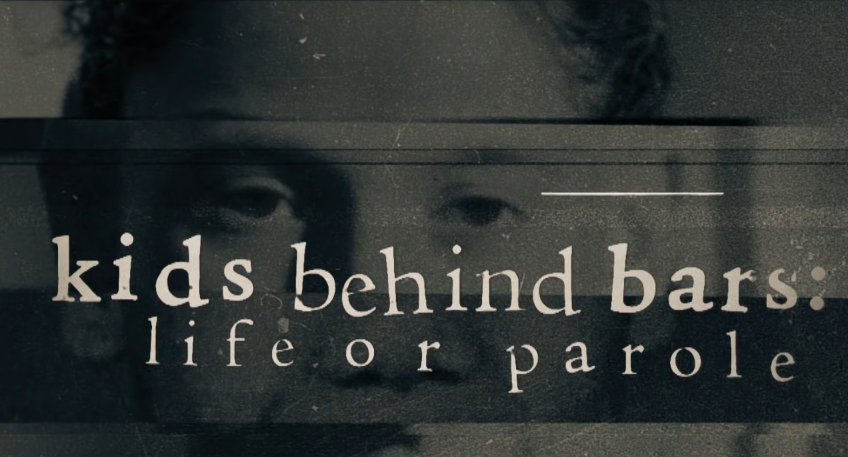This series was troubling. And haunting.
The show profiles people who were sentenced to life in prison while in their teens, most from the ages of 15-17. In 2012 the Supreme Court ruled that life sentences without parole were not appropriate for children. All these cases have to go back to the courts for resentencing.
Many of the people profiled in this program have been in prison for decades. The series investigates their cases, gives us a glimpse of them – and their thoughts – behind bars, and interviews from their original sentencings.
We are introduced to family members who have coped with their child’s life behind bars, and to family members of the victims. Some of these demand justice – as if keeping someone behind bars for life somehow helps their family member who was killed.
I was most struck by the raw need for these family members to find peace and move on with their lives.
Kids don’t have the capacity to view consequences in the same way that adults do.
Some of these crimes stick in my mind and I can’t figure out how these people, who have grown up behind bars, have any chance of functioning in the world. I feel hurt and stunned and broken and haunted. I feel lost.
I feel.
Understanding the Teen Brain
The following information comes from the University of Rochester Medical Center’s Health Encyclopedia:
It doesn’t matter how smart teens are or how well they scored on the SAT or ACT. Good judgment isn’t something they can excel in, at least not yet.
The rational part of a teen’s brain isn’t fully developed and won’t be until age 25 or so.
In fact, recent research has found that adult and teen brains work differently. Adults think with the prefrontal cortex, the brain’s rational part. This is the part of the brain that responds to situations with good judgment and an awareness of long-term consequences. Teens process information with the amygdala. This is the emotional part.
In teen’s brains, the connections between the emotional part of the brain and the decision-making center are still developing—and not always at the same rate. That’s why when teens have overwhelming emotional input, they can’t explain later what they were thinking. They weren’t thinking as much as they were feeling.


